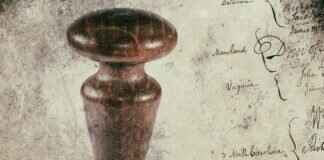The Kodavas are a unique community residing in Kodagu, with mysterious origins that have been the subject of various speculations. One theory suggests they may have descended from Alexander the Great’s soldiers or pre-Islamic Kurds from the Middle East. However, none of these theories have been definitively proven.
One of the distinguishing features of the Kodavas is their traditional attire, especially during weddings. Men wear long black coats called kupsas, while women drape their sarees in a unique style that sets them apart from traditional Indian fashion. The Kodava bridal attire is particularly striking, with elaborate jewelry and sarees that reflect their cultural heritage and values.
Legend has it that the sacred river Kaveri, whose source lies in Kodagu, was once a Kodava woman who left her husband, the sage Agasthya. The Kodavas implored her to stay, and she promised to remain with them in the form of a river. This myth is reflected in the way Kodava women wear their sarees, with the pleats behind and one end wrapped under their left arm and pinned over the right shoulder.
Kodava bridal jewelry is inspired by nature, featuring intricate designs representing the sun, moon, serpent, and flora. Gold studded with precious stones is the preferred metal, with silver used only for certain pieces. The jewelry also shows influences from other regions, adding to the mystery of the Kodavas’ origins.
Traditional Kodava bridal jewelry includes seven ornaments for the hair, earrings, necklaces, bangles, and bracelets. Each piece holds symbolic significance and is a tribute to the seven rishis who did penance at Talakaveri. While modern Kodava brides may not wear all seven ornaments, the tradition continues to be an essential part of their weddings.
The Kodava bride’s attire is both practical and elegant, reflecting their traditional way of life in the dense forests of Kodagu. The sarees allow for unhindered movement, while the jewelry adds to the overall grace and beauty of the bride.
For Kodava bridegrooms, weaponry is an essential part of their attire, reflecting the community’s martial traditions. Knives and staffs are worn along with richly embroidered coats and silk sashes. The bridegroom’s outfit includes heirloom knives passed down through generations, symbolizing their heritage and readiness to defend their clan.
Kodava weddings are elaborate affairs, with various rituals and ceremonies performed over two days. The bridegroom’s attire, along with the proxy thande staff, reflects the rich cultural heritage and martial traditions of the Kodavas. The men in black attire at Kodava weddings provide a striking contrast to the bridegroom’s white ensemble.
The intricate and geometric designs of Kodava jewelry highlight the craftsmanship and artistry of the community. Each piece tells a story and reflects the cultural significance and heritage of the Kodavas, making them a unique and fascinating community to explore.














